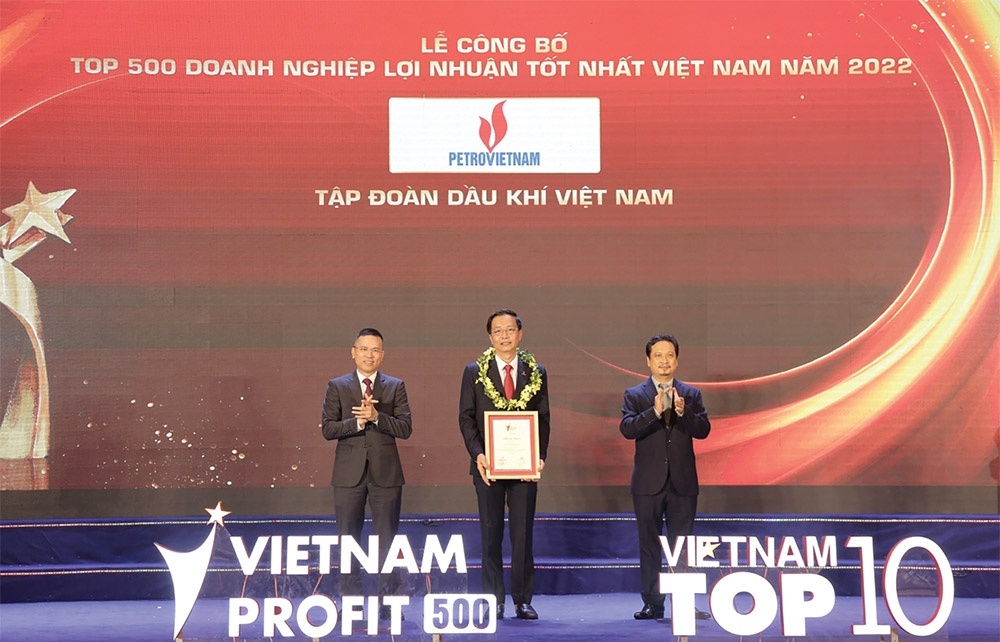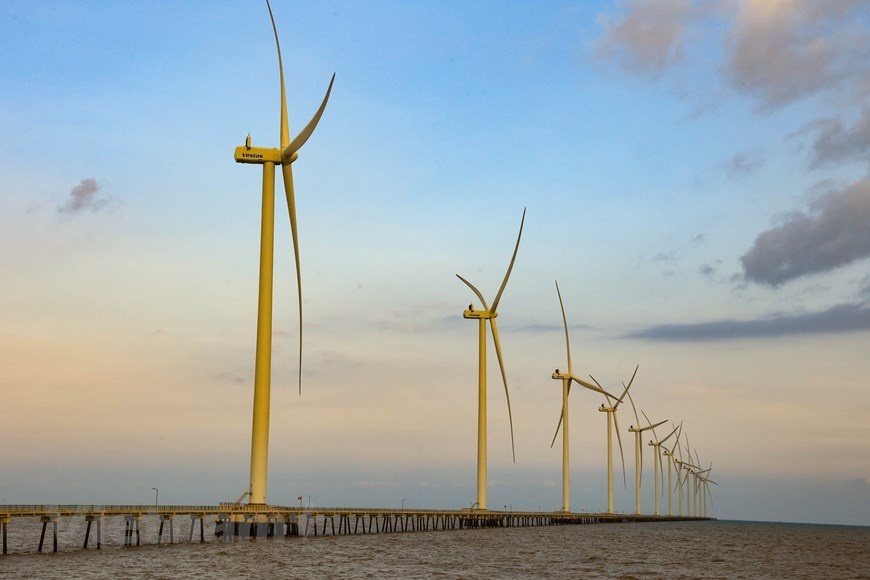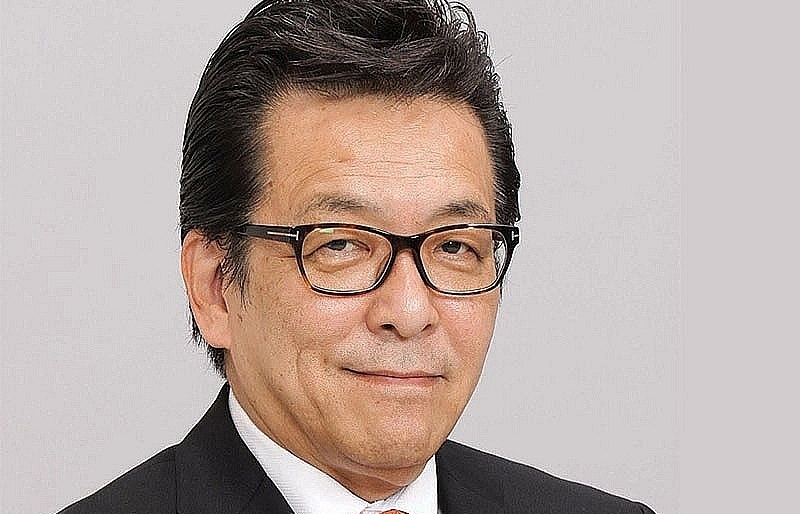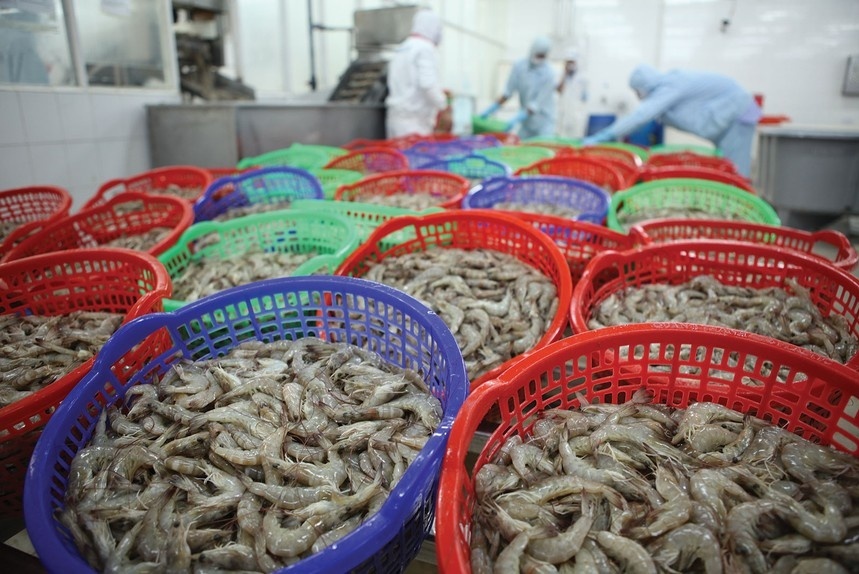Firms burn with ethanol dreams
 |
| illustration photo |
A source from the Finnish Embassy to Vietnam’s Finland Trade Centre (Finpro) said Chempolis was considering working with state-run Vietnam National Oil and Gas Group (PetroVietnam) on a joint venture project to transfer third generation cellulosic ethanol manufacturing technology.
PetroVietnam and Chempolis leaders met in May to discuss the possibility of applying Chempolis’ technology to PetroVietnam’s ethanol projects. Last week, the two parties met in Hanoi for further discussions.
Representatives of PetroVietnam, Vietnam-based ethanol manufacturers and the ministries of Industry and Trade, and Science and Technology will visit Chempolis’ projects in Finland on June 28.
“I personally think that this is a promising step for Chempolis when it comes to selling its technology to PetroVietnam. After the visit, more specific and important steps will be seen from this project,” the source said.
Depending on the location, some €60-100 million would be needed to build a plant of this type. Annual ethanol production would then be around 50,000 tonnes.
“Chempolis has found some local potential partners. But one of the partners with the most potential is PetroVietnam because this group is state-owned and has three ethanol manufacturing plants already under construction,” the source said.
As designed, the three PetroVietnam ethanol mills would use cassava as input materials. But this is a problem because cassava could cause serious land erosion and environmental pollution. Moreover, the price of cassava has climbed by 50 per cent since early this year, and the price is expected to rise further in the near future, according to the Ministry of Agriculture and Rural Development.
“Soaring cassava price will cause difficulties to these PetroVietnam projects. Thus modern technology like that used by Chempolis would be an optimal solution,” the source added.
If Chempolis and PetroVietnam reach a deal, their project would use such non-food raw materials as straw, bagasse, corn stover, cassava stem and other agricultural residues to make ethanol. This is then mixed with gasoline before sale.
Vietnam is home to two operational privately-owned ethanol manufacturing plants, apart from PetroVietnam’s three mills. A fifth to a third of these five plants’ investment capital is earmarked for wastewater treatment facilities.
These five plants use first generation ethanol manufacturing technology. Moreover, besides using cassava as input materials, they require the use of other fuels like coal, which can cause environmental pollution.
What the stars mean:
★ Poor ★ ★ Promising ★★★ Good ★★★★ Very good ★★★★★ Exceptional
Related Contents
Latest News
More News
- Thailand's BCPG invests $130 million in Gia Lai wind power plants (November 26, 2024 | 15:08)
- The 16th Vietnam M&A Forum: A Blossoming Market (November 26, 2024 | 13:53)
- Posco interested in $2.2 billion Quynh Lap LNG thermal power plant (November 26, 2024 | 13:50)
- $1.4 billion Nhon Trach 3 and 4 to operate in 2025 (November 26, 2024 | 13:37)
- Hung Yen focused on attracting high-tech FDI (November 26, 2024 | 13:20)
- Foreign investors flock to invest in southern provinces and cities (November 26, 2024 | 10:00)
- Trump may mean challenges for Vietnam but FDI remains strong (November 26, 2024 | 08:30)
- HCM City set to welcome fresh wave of US investment (November 26, 2024 | 08:00)
- Dynamic M&A landscape felt in food and beverages (November 25, 2024 | 16:21)
- River lights up Danang growth goals (November 25, 2024 | 10:00)


 Tag:
Tag:




















 Mobile Version
Mobile Version